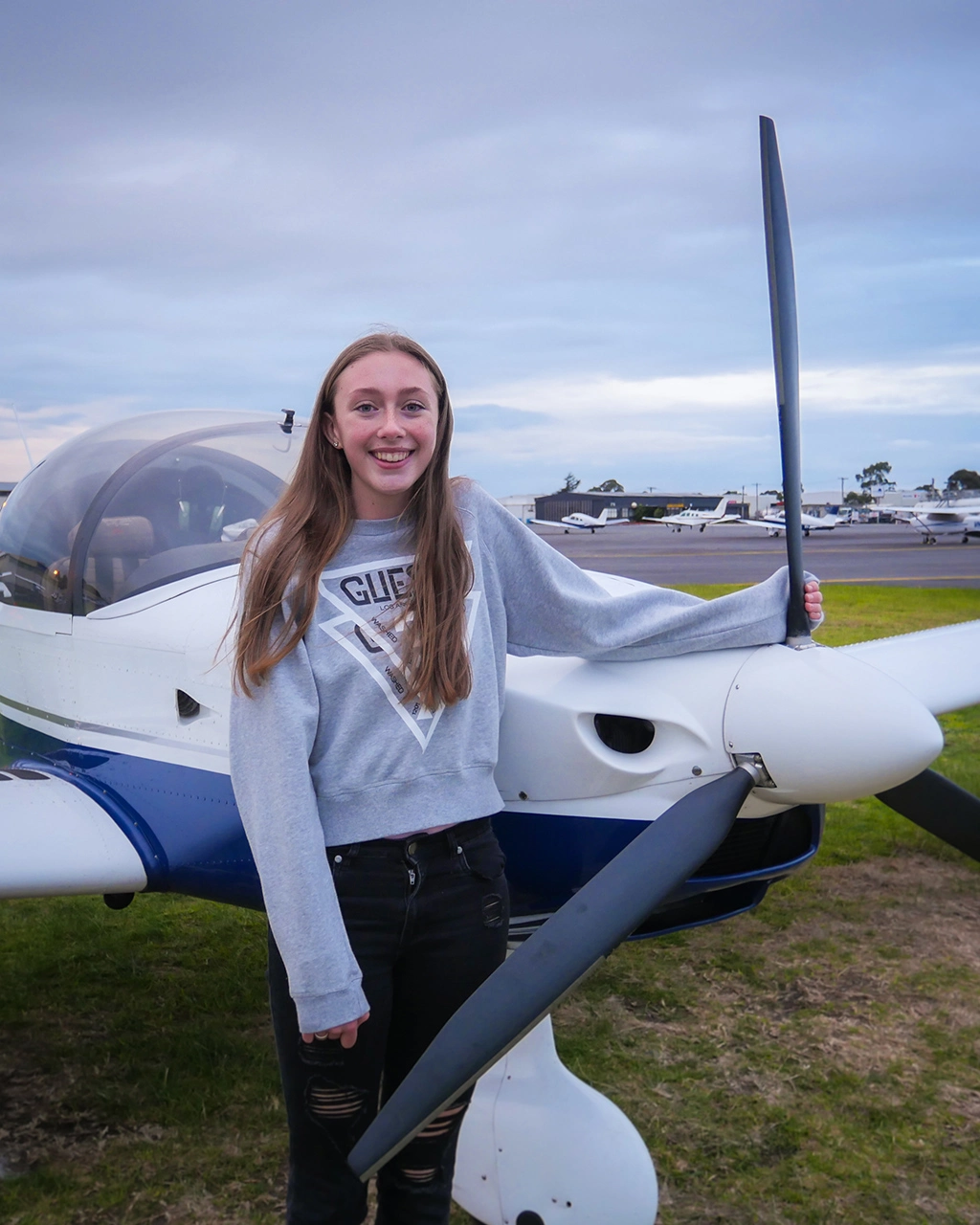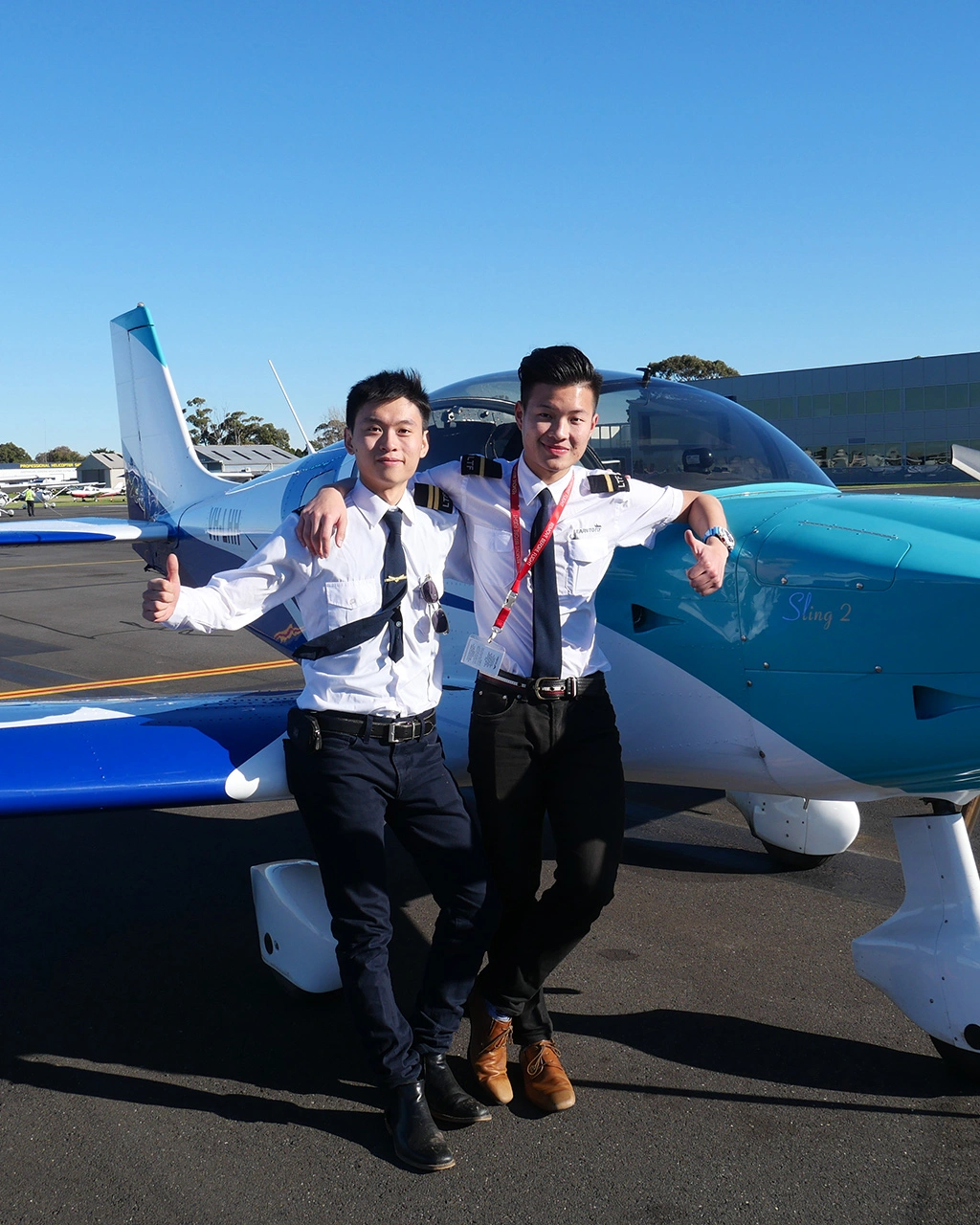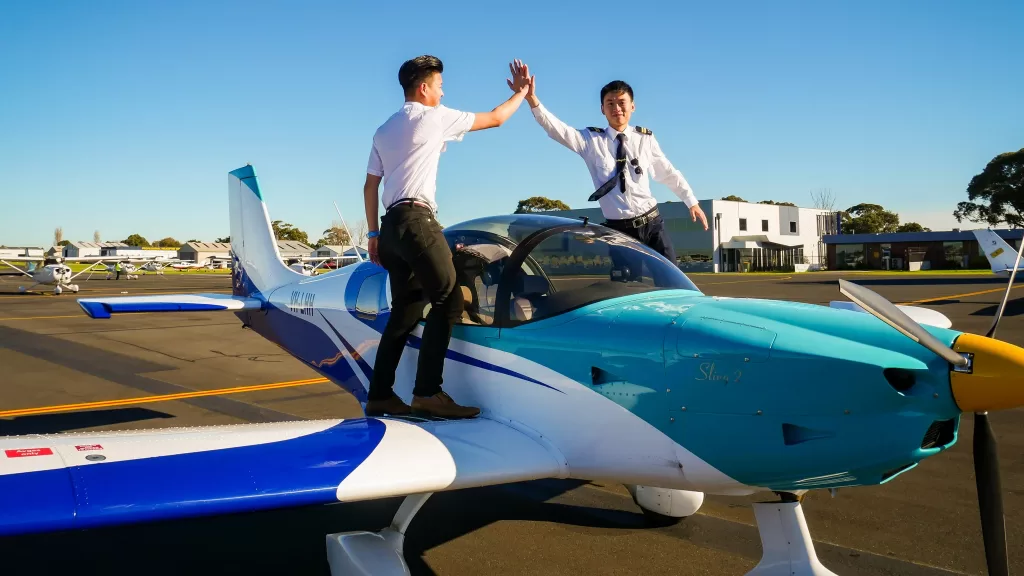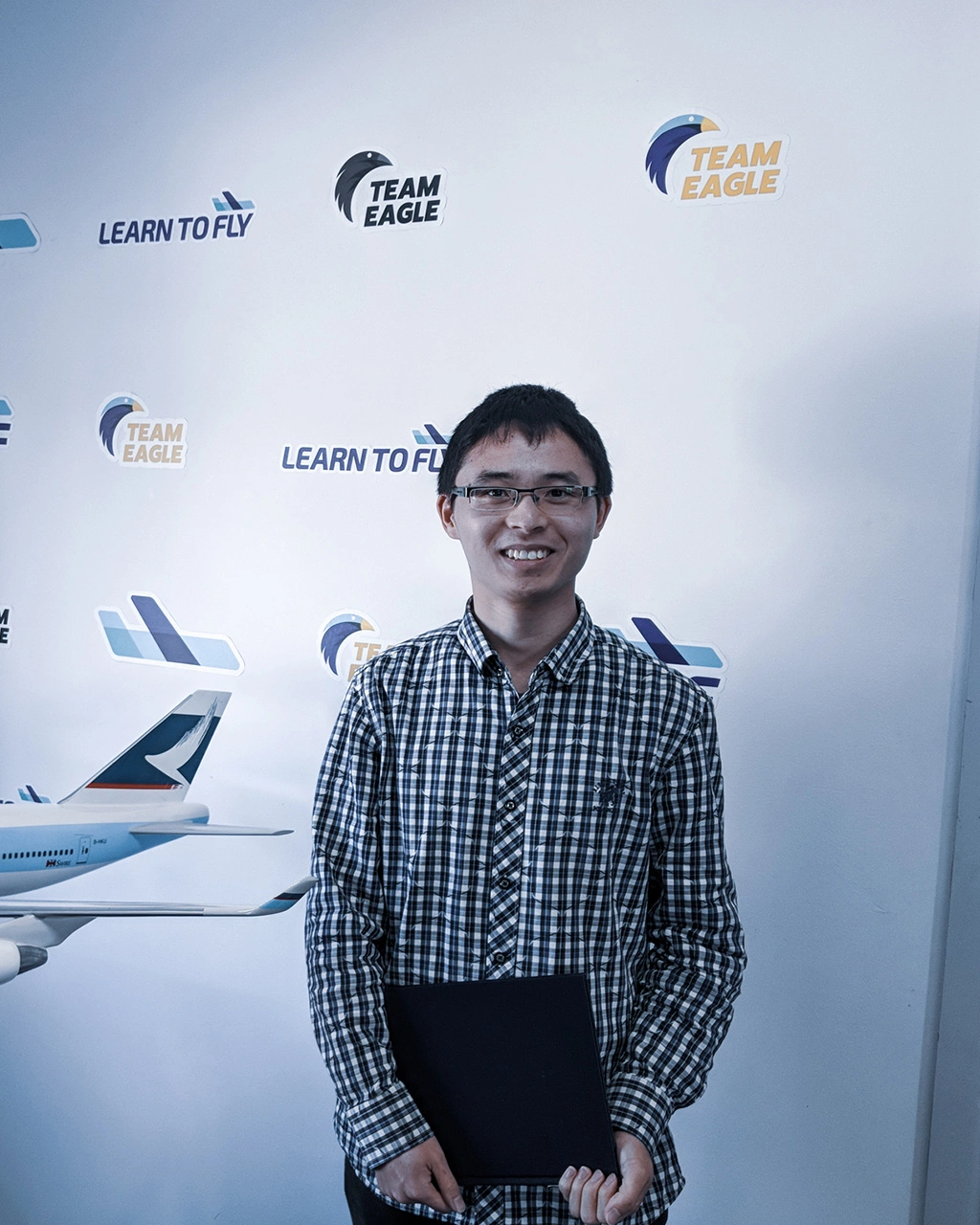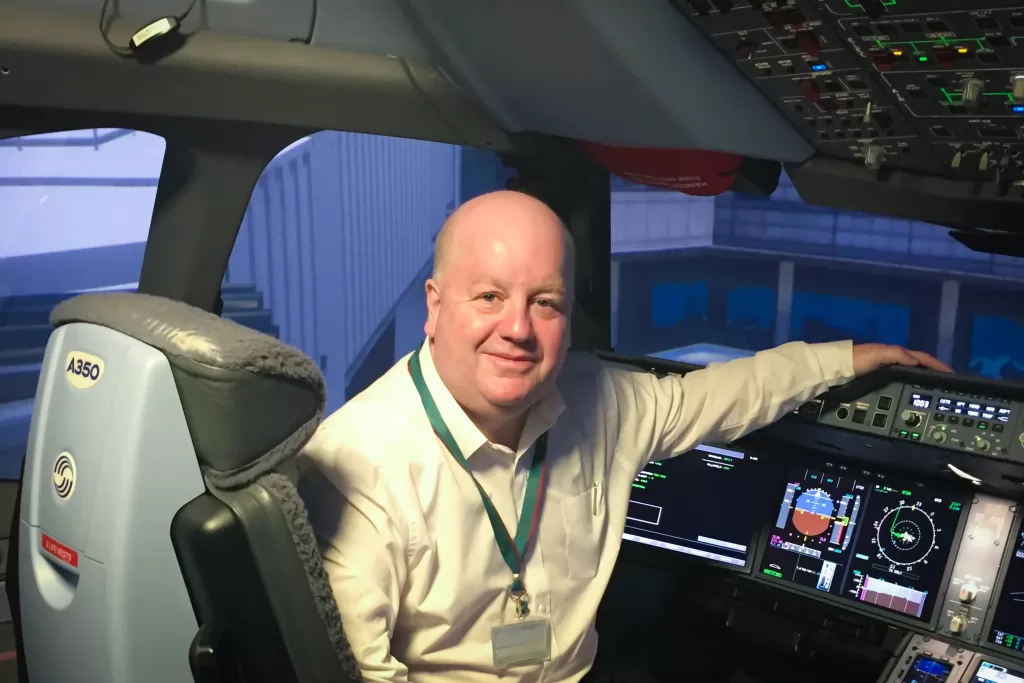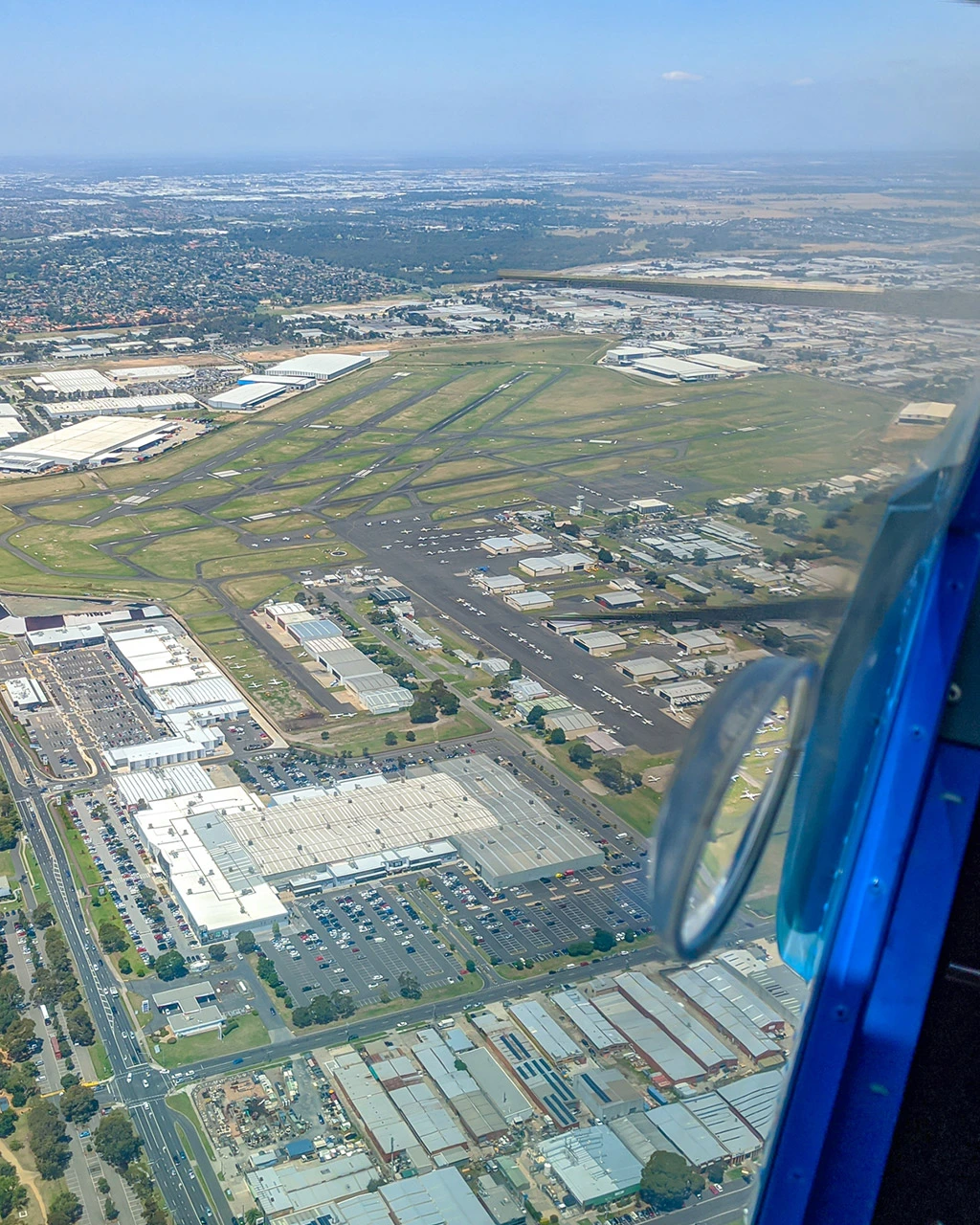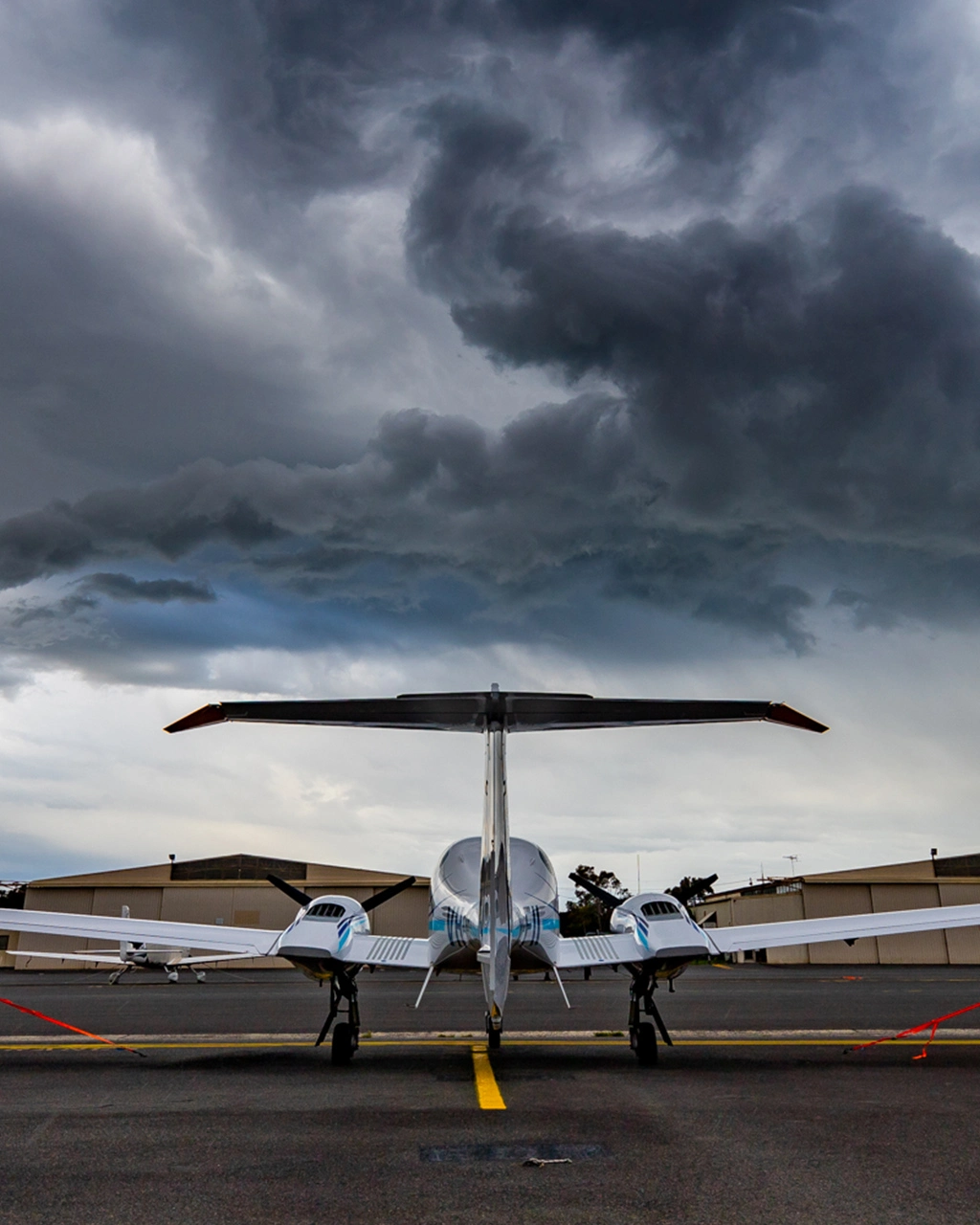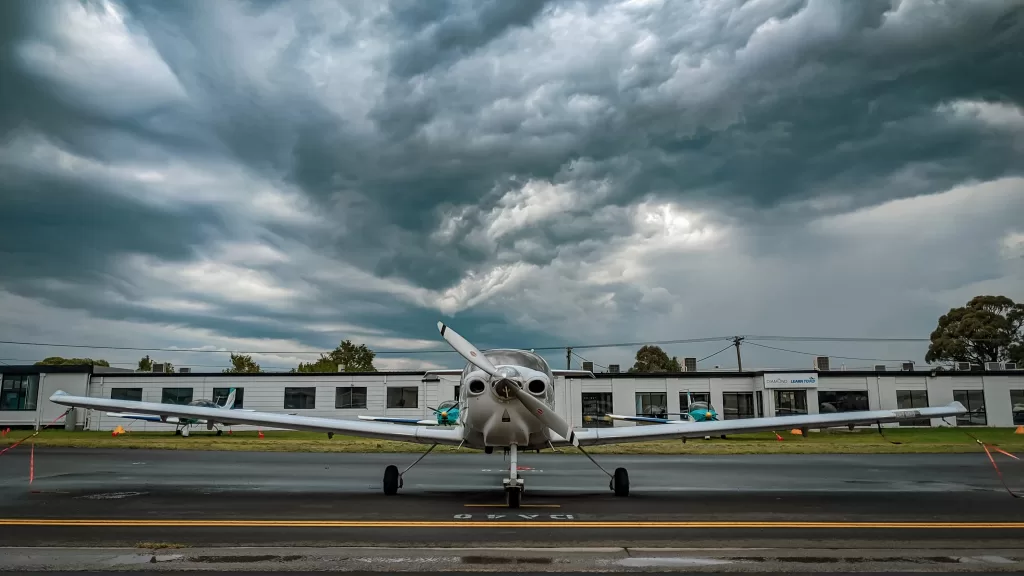Learn to Fly RPC student Leeanne Kaplan won’t be forgetting her 15th birthday in a hurry, after completing her first solo flight.
Leeanne started studying the theory components for her Recreational Pilot Certificate (RPC) at age 13, patiently waiting until she was 14 to be allowed to take the controls of an aircraft in flight under the guidance of her instructor.
And then, on the day of her 15th birthday, Leeanne successfully completed her first solo flight. Given that 15 is the minimum legal age at which you are actually allowed to fly solo, Leeanne is surely one of very few people that have actually achieved that milestone so early.
We asked Leeanne a few questions following this amazing achievement:
1. How do you feel after your first solo flight?
To be perfectly honest, after flying solo for the first time, I felt really self-accomplished and proud of myself. In the hours leading up to my flight and on my way to Tooradin, I was incredibly nervous. I wasn’t worried that I would crash, but more that I would forget something and disappoint everyone. However, I got over my nerves and just did it, and I’m glad that I did!
2. What was the most challenging thing about it?
The most challenging part about it is deciding to actually do it. By this point my nerves had calmed down but the first time Anurag (Leeanne’s instructor) asked me if I wanted to do a circuit by myself I put it off and asked to do two more with him.
I found that I just had to commit to it and to know that I would be fine, which I was.
3. When did you decide that you wanted to get a pilot licence?
In December 2016 I went to the HASSE x NASA Space School in Houston (Texas, USA) for two weeks and they were talking about the different career paths NASA can offer, one of which was a pilot. Being able to fly a plane has always interested me, and when I came back from the USA I decided to pursue it.
4. What do your friends at school think?
My friends are completely obsessed with me flying and they hardly ever shut up about it. When I told them that I flew solo I was bombarded with comments, congratulations, and videos, anything where they could get their message across. Needless to say, they are extremely supportive of me but I always get asked this one question; “When can you fly me to _____?”
5. What is your ultimate goal for your aviation career?
I don’t have an exact goal for my aviation career. But I’m certain I would like to fly for a great airline like QANTAS. There are so many options and I know I have a long way to go. Plus I don’t have to decide now.
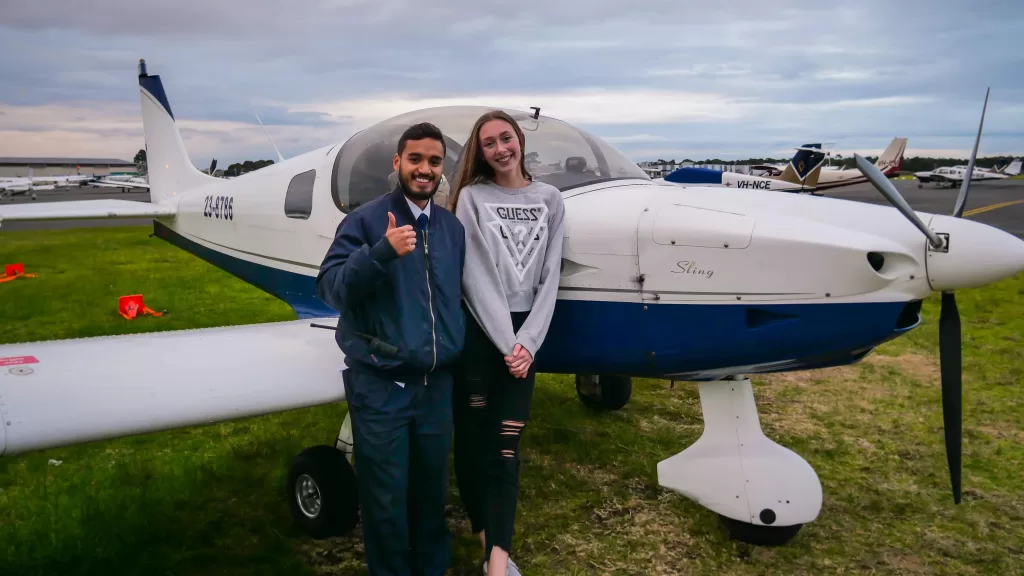
The Best Time To Start Flight Training
With an enormous increase in pilot demand predicted globally in the next 20 years, there’s never been a better time to consider an aviation career. It’s fantastic to see young people like Leeanne with the passion and enthusiasm to start so early.
The aviation industry has traditionally been somewhat male-dominated, but that is changing. There are many progressive airlines that are proactively looking to recruit more and more female pilots. It’s role models like Leeanne that will help to encourage more young females with a passion or interest in flying to have the courage and drive to pursue it.
Learn to Fly offers a range of courses to suit budding pilots of all ages and experience. For young people like Leeanne, the Recreational Pilot Certificate (RPC) is the best place to start. It allows you to commence learning and progress at a younger age than other courses such as the Recreational Pilot Licence (RPL).
After achieving your RPC, there are many other options available to you. You can add a Cross Country Endorsement, which allows you to fly further. You can also opt to convert to General Aviation training and progress towards a Private Pilot Licence (PPL).
Whether your aviation career goal is to be a flight instructor and teach other students, fly charters, or become a Captain with a major airline – you will find plenty of exciting opportunities within this fast growing industry.
We very much look forward to seeing where Leeanne’s flying career takes her.
Are you looking to start your pilot training? Get in touch with our flight training specialists. Email [email protected] or visit https://drift.me/learntofly/meeting to book a meeting and school tour.









